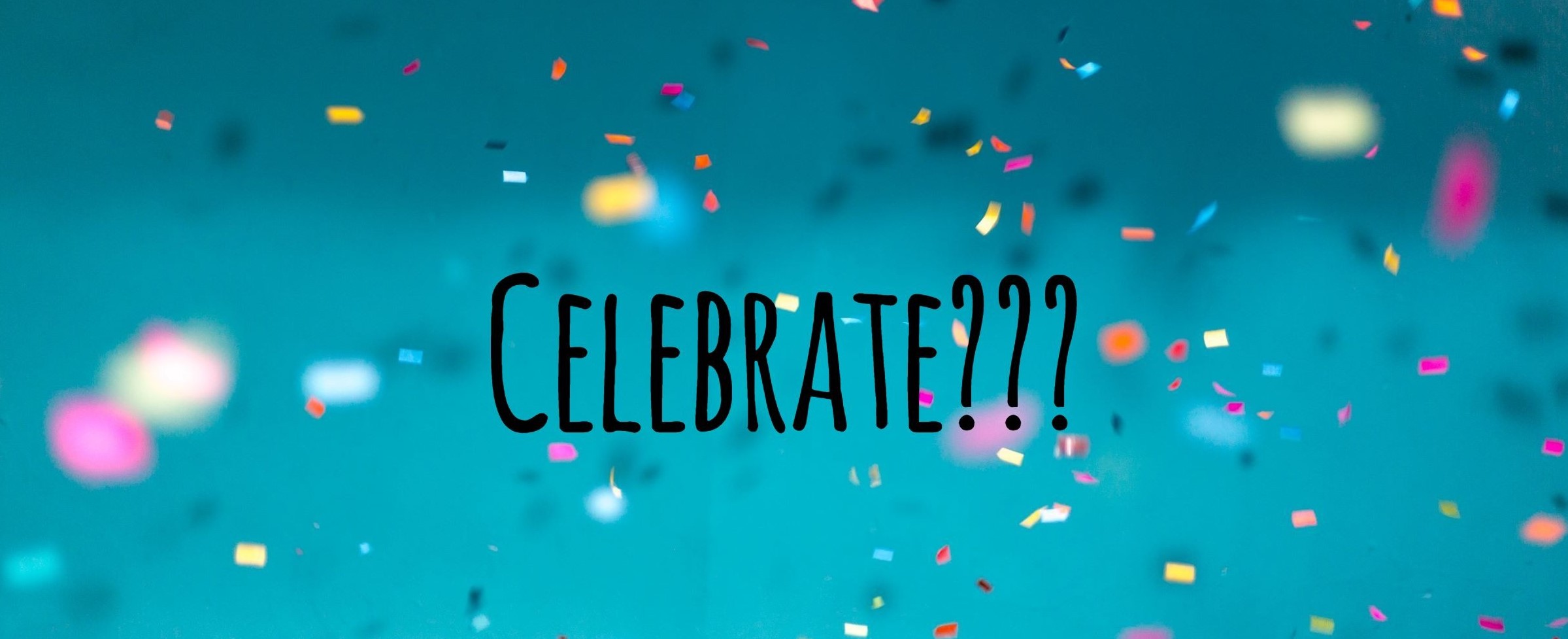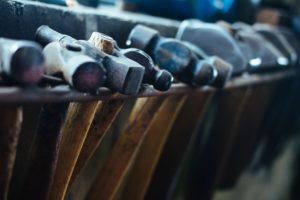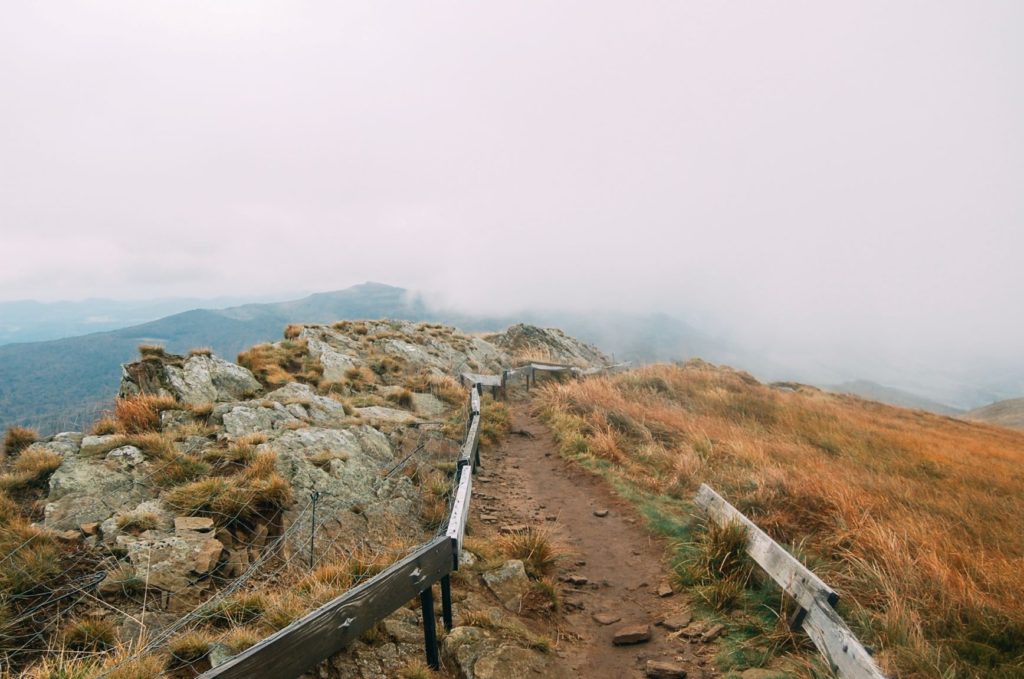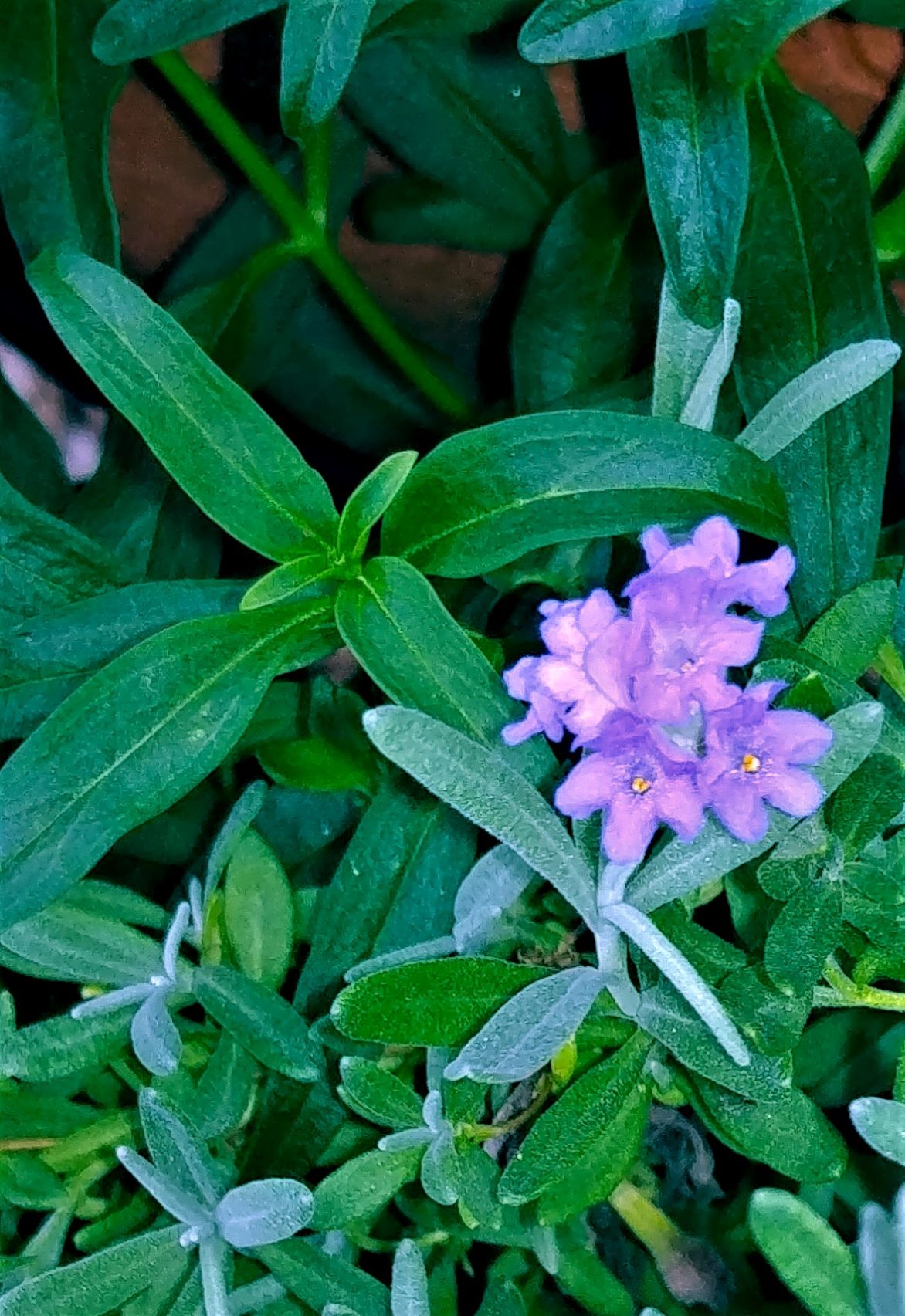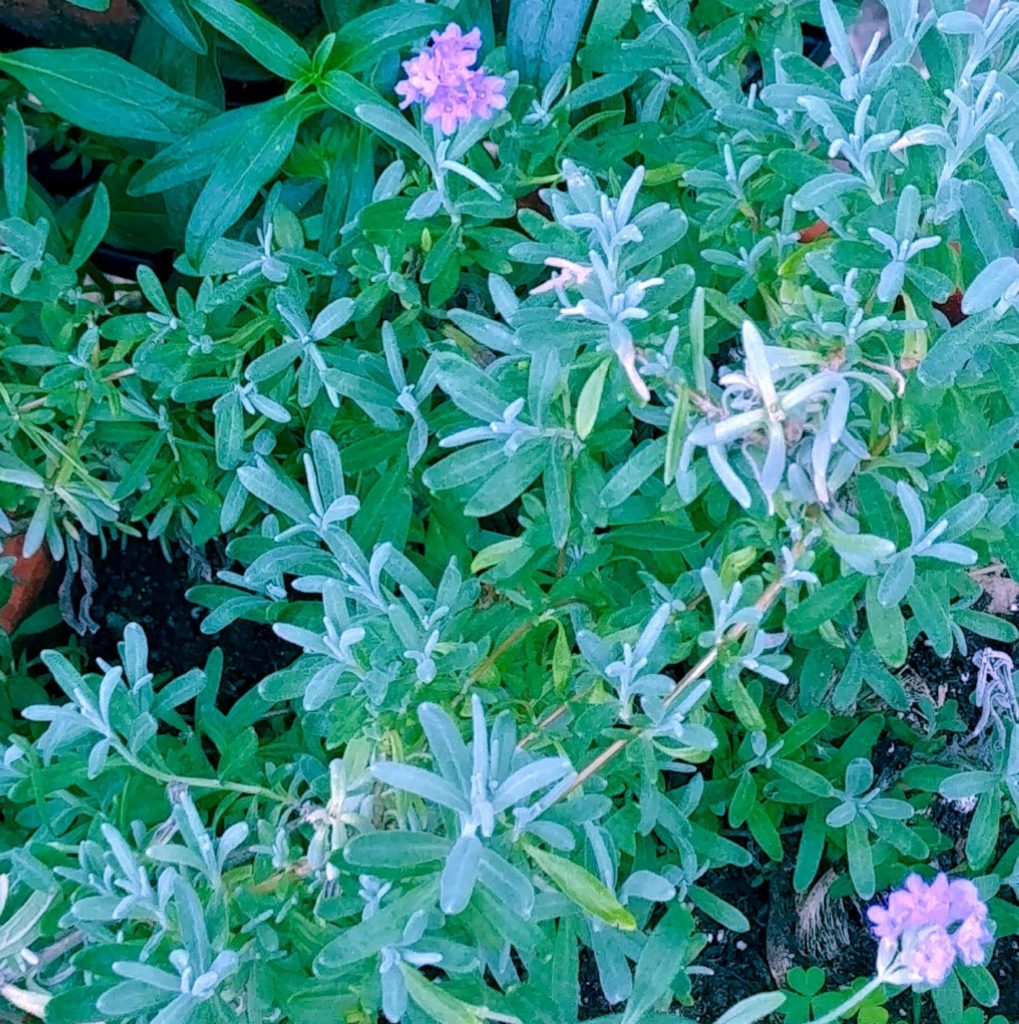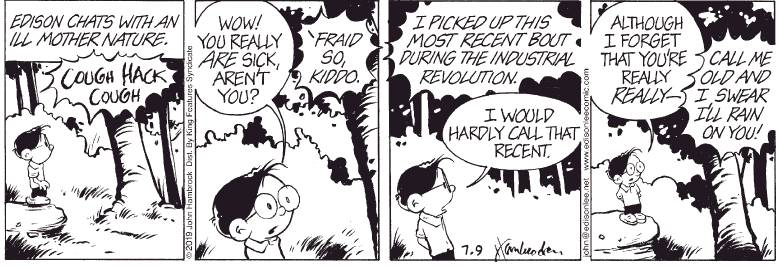Does this sound familiar? A wonder medical drug treatment protocol sweeps through the medical establishment, is imposed on millions of people, becomes the “go to” method for preventing major diseases and encourages the belief that by simply taking a pill and individual can significantly improve their health. Then, years later, after actual longitudinal (extended over time) research is conducted, the protocol is declared null and void for general use. This time the drug is aspirin and the protocol is the use of an aspirin a day to prevent cardio-vascular disease and stroke.
Anyone who has visited their primary care physician over the last few decades has been asked if they have been taking their aspirin every day (to which, thankfully, I have answered “no”). This aspirin-a-day was supposed to lower our odds of experiencing cardiovascular disease. Now, it turns out, it doesn’t lower our odds, and, in fact, it may be harmful.
The history and efficacy of aspirin is reviewed in an interesting piece in The Lancet (May 2019) which concludes, “in 2018, three large randomized clinical trials of aspirin for the primary prevention of cardiovascular disease showed little or no benefit and have even suggested net harm.”
Sowing distrust of health care
I find the cavalier attitude towards pharmaceutical research and public pronouncements to be maddening. Time and time again, from Thalidomide in the 1950s and 60s to Oxycodone in the 2010s, public health is compromised to the short-term interests of an establishment that has little interest in the actual health and well-being of the public. This attitude sows distrust of all health and well-being modalities, including conventional medicine, and feeds the cynical “oh well, we’re all going to die so who cares” attitude so prevalent today. It also casts dangerous shadows of doubt on the safety of well-proven and tested, public health initiatives.
And it affects people’s lives
My first experience with this phenomenon began in the early 1990s and concluded in the early 2000s. I was told I absolutely needed to take estrogen to counteract my risk for heart disease (after the debacle I described last week). I didn’t think I had a choice so I took it faithfully for about ten years, despite the miserable and debilitating side effects I experienced. One day, on the car radio, I heard a news report that said new studies showed estrogen replacement therapy not only didn’t improve a woman’s risk for heart disease, but it INCREASED her risk. I remember saying out loud: “Oh #$%^!” I went home and disposed of the hormones and, surprise, over a short period, after ten years, I started feeling happy and healthy again.
This happens how?
This cycle has deep roots and can be traced to our economic system, which dictates the parameters of our health care and pharmaceutical systems, which directs the behavior of individual practitioners, which influences the behavior of individual patients and clients, which then effects the broader public. The system under which we live is optimized for short-term results and short-term gain. Unfortunately, well-being, healing, and public health don’t work that way. Healing takes time and health and well-being develop over a lifetime. The problem also lies in the research establishment. The same economic system incentivizes publication of research that shows narrow short-term results but ignores the bigger picture.
Since changing the economic system that underlies the problem is difficult for any one individual, I suggest we each wage a guerrilla war against the narrow perspective that enables these practices.
Again, with the universal body
First, we can individually widen our perspective, remember the universal body, and engage with it on an ongoing basis. By engaging with the world at large, the big-picture view becomes clearer and the silliness of believing any single pill or food will solve our problems becomes obvious.
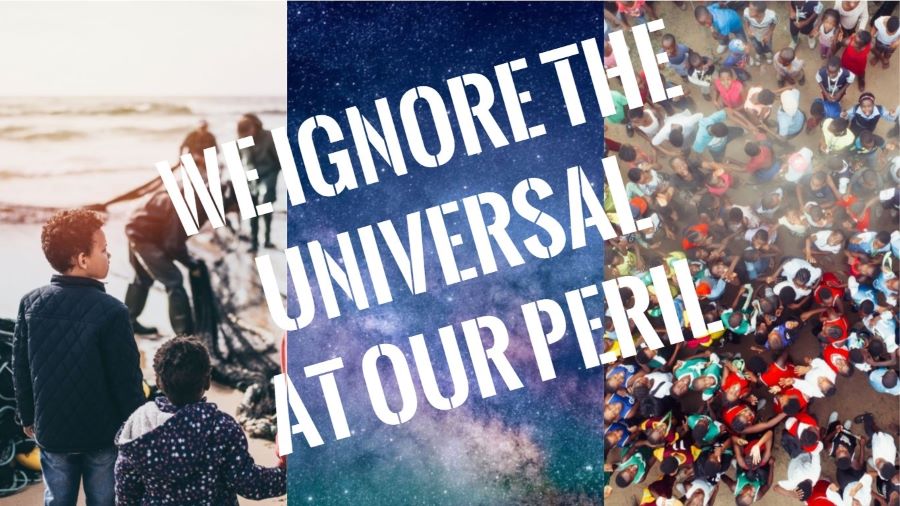
Educate
Second, we can educate ourselves, be more thoughtful, and stop worshiping the holy grail of clinical research: the randomized control trial. Randomized control trials, while sometimes helpful, are not the only approach to research. They are especially touted by, and are useful for, the pharmaceutical companies and large research institutions that have the financial resources to perform this style of research. And, often these trials are a snapshot of a very short period of time of a very small sample of participants. They become expensive and cumbersome when carried out over a significant length of time. And, today, we are beginning to understand that information that doesn’t conform to the research funder’s required results is often suppressed.
To this end, I suggest we start paying more attention to case reports. This approach has a long, insightful, history in the annals of medicine. No single case report explains everything or even anything. But collections of well indexed case reports can illuminate patterns and trends over time and enlighten our research.
Pay attention
And, of course, it’s essential to pay attention to our own experience and learn to trust our insights and when necessary to speak them out loud. This knowledge can be invaluable when communicating with our selves and our practitioners, providing information that will never be reveled in clinical control studies.

Finally, we can remember that research reports are human constructs, created and written by human beings, and subject to human error. No one study is last word on anything. It is simply a tiny piece of a giant puzzle–not unlike life. It is the collection of all sorts of investigations and experiences that best forms the basis of our well-being choices.

Epilogue
As I was working on this post, I saw a NEW STUDY!!!! announcement on Facebook. It indicated that supplementation of several vitamins/minerals are helpful in the management of anxiety. They very well be helpful in the management of anxiety, I don’t know. But I’m not running out to purchase them any time soon.

